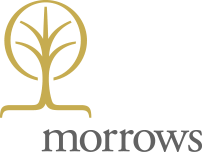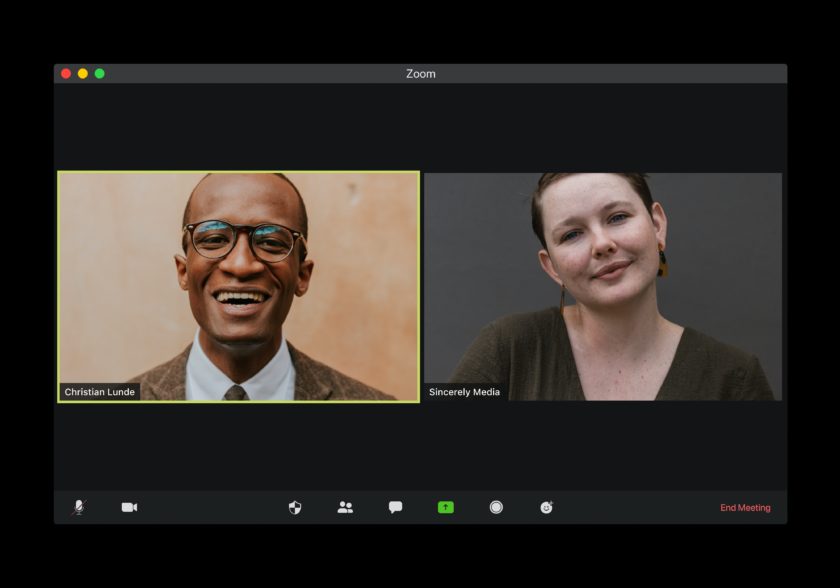As a result of the pandemic, many office-based employees’ working arrangements have pivoted to accommodate a more flexible remote working environment which has seen both positive and negative reviews of people performance.
Businesses are restructuring the way their organisations work giving employees the ability to work in their own home environment with greater access to technologies and infrastructure. While this may have occurred previously for some employees, it has not been done on this scale before, nor has it been done as a permanent transition.
What might have once been doom and gloom around the pandemic’s after effects has turned into a positive lifestyle choice for many employees seeking work, life balance.
No longer travelling to work, employees are saving hours each day through the new work-from-home platform that gives them more time, greater flexibility and a more cost effective outcome.
Businesses are reinventing the way they work, how they interact with their teams to achieve optimum performance and how they service clients. In fact, many businesses are finding that large office space in the centre of Melbourne for instance, is no longer required. It’s a cost that is no longer necessary. Smaller satellite office space and co-working spaces are becoming a trend that won’t disappear too fast along with the option to go 100% virtual.
This move has resulted in companies already seeing the savings that a huge investment in new technology infrastructure has brought and without leasing, power, interior design and amenities to pay for, there is more money to invest in other areas of the business.
Rise of Digital Technologies in People Performance
The investment in technology over the past 6 months has been a cost that many businesses did not want to bare, however, the long-term benefits are significant.
Going to the cloud, data storage and security investments have been necessary to accommodate the changes to the workplace, but it also has come with a lot of upside.
What has been most prominent during the pandemic is how big a brand like Zoom has become. Not too indifferent to how Google became a household name, Zoom investors must be thanking the pandemic for the sheer volume of use and the fact that the brand is literally on everyone’s lips.
But there are other chat tools that are equally as popular powering the realignment of working arrangements giving employees the ability to connect with their peers and clients.
Human resources teams have been fast to on-board Zoom, Slack, MS Teams, Skype and Google Meet to name a few popular chat tools. What many managers are finding is that they are more organised in their approach to communication due to the need to schedule “meetings” and people are interacting more than before. Who hasn’t taken a photo of a Zoom Chat screen and shared it on social media? The ability for people to change their backgrounds, use emoji’s, share screens and even use filters to enhance their image, is making the old face-to-face meeting seem truly old-fashioned.
The Human Resources Perspective
Permanent shifts in working arrangements may have the biggest impact on human resources professionals and management overall. Without face-to-face interaction to counsel, advise and manage individuals, the ‘new norm’ has been a disruption to conventional HR. However, the world has adapted and what may have seemed foreign in the first few months is in fact, normal.
Employees are finding happiness in other interactions and have learned to use digital platforms to connect in real-time with their colleagues, share their work and in general, connect. What has been the highlight of this momentous change of pace is the fact that people are connecting with peers that in ‘real life’ they may have missed because they were on different floors or divisions within a workplace. The connectivity of digital has allowed people to share more of themselves to more people, mostly at the one time.
It’s also allowed employees to become more productive. While going to the fridge every hour and the lure of turning on the television may have been a hurdle to overcome during the early stage of the pandemic, most employees see the value in being more productive and having more time to themselves given that they no longer need to travel.
For businesses that haven’t yet optimised the work from home environment, understanding industry best-practice and integrating culture boosters into your operations may just be what is needed to leverage employees working from home. For many, the changes have been dramatic and keeping everything together including the integration of new policies and procedures is something that is daunting.
At Morrows we have a team of professionals in our Human Resources Consulting and Advisory division that can help your business navigate dynamic working arrangements, giving you the tools and support needed to take your people to the next level.
For more information on the impacts of dynamic working arrangements, reach out to Morrows Human Resources Consulting and Advisory.





